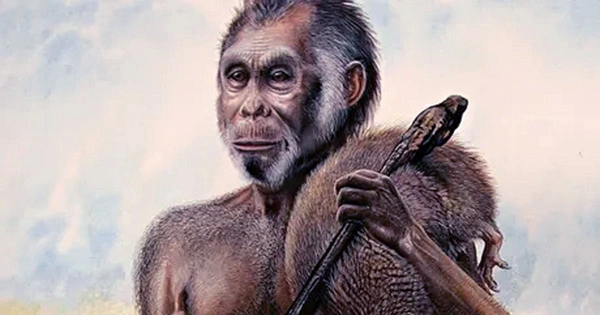Archaeologists searching for evidence of modern human migration from Asia to Australia discovered a tiny, relatively intact skeleton of an extinct human species known as Homo floresiensis on the Indonesian island of Flores in 2003. After the little, breakfast-guzzling critters from J.R.R. Tolkein’s The Hobbit, it became known as The Hobbit. The species was assumed to have persisted until recently, approximately 12,000 years ago, when subsequent research pushed the dating back to around 50,000 years. However, one retired anthropology professor at the University of Alberta believes that proof of the Hobbit’s continuous existence was ignored and that the creature may still be alive now, or at least within living memory.
Gregory Forth claims that palaeontologists and other scientists have neglected Indigenous knowledge and stories of an “ape-man” living in the Flores jungles in an opinion article for The Scientist advertising his new book Between Ape and Human. In the essay, Forth writes, “My goal in producing the book was to uncover the best explanation — that is, the most reasonable and scientifically supported — of Lio interpretations of the animals.” “These include sightings reported by over 30 eyewitnesses, all of whom I interacted with firsthand. And I’ve come to the conclusion that the best explanation for what they told me is that a non-sapiens hominid has persisted on Flores until now or very recently.”
He claims that local Lio folk zoology has tales of humans evolving into animals as they travel and adapt to new habitats, which he compares to a sort of Lamarckism, or the inheritance of learned physical features. “Such hypothesized alterations reflect local observations of parallels and contrasts between a purported parent species and its distinct progeny,” he writes, citing his fieldwork.
The Lio classify these entities as animals since they lack human-like language and technology. Their uncanny resemblance to humans is observed, though. “The ape-appearance man’s as something incompletely human renders the monster aberrant, troublesome, and distressing for the Lio,” Forth noted.
For the time being, the closest we can get to H. floresiensis being alive is 50,000 years ago. However, Forth believes that Indigenous knowledge should be taken into account while studying hominid evolution. “Our first reaction, I believe, is to dismiss the surviving Flores ape-men as utterly fictitious. But, if you take what Lio people say seriously, there’s no reason to believe that “He comes to a conclusion.” What they say about the creatures, when combined with other types of evidence, is entirely compatible with a living hominin species or one that died out within the previous 100 years?”
















